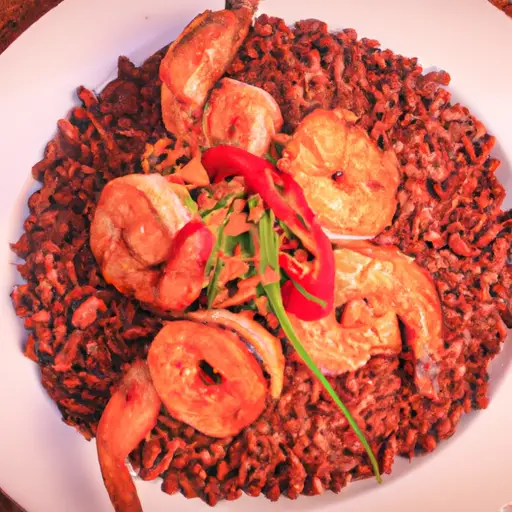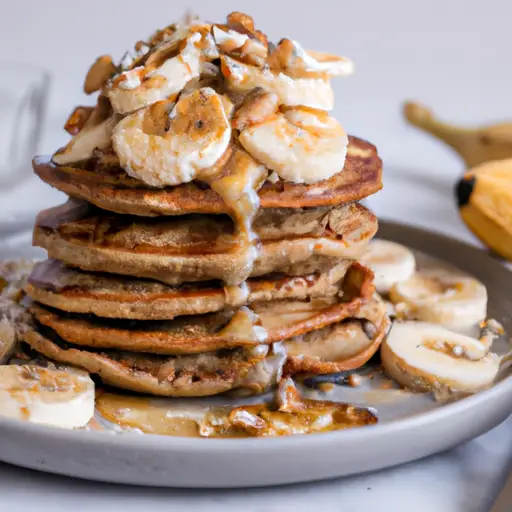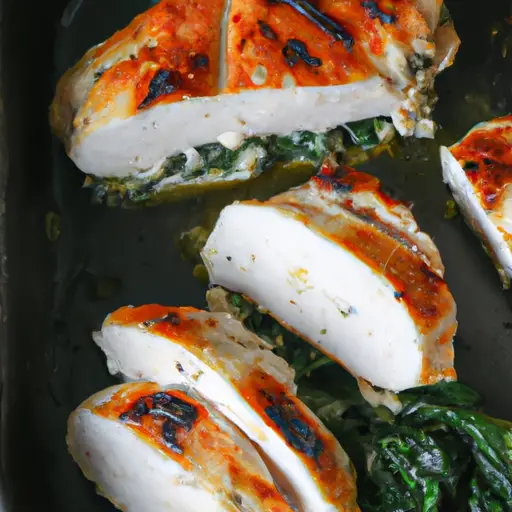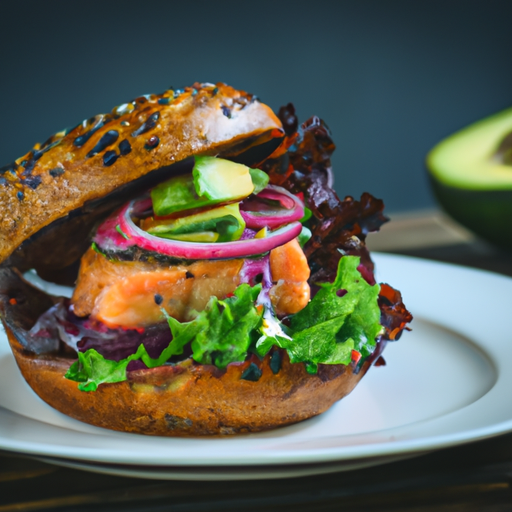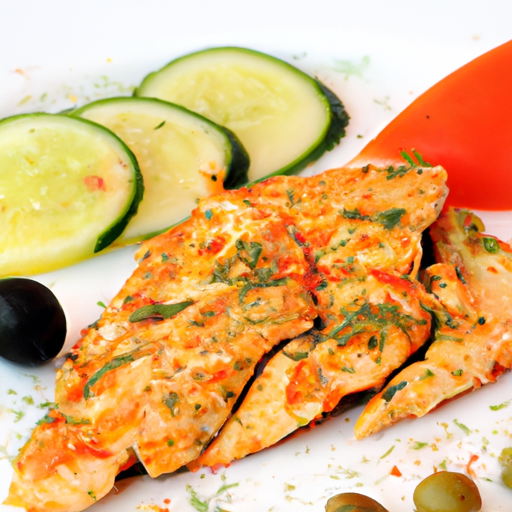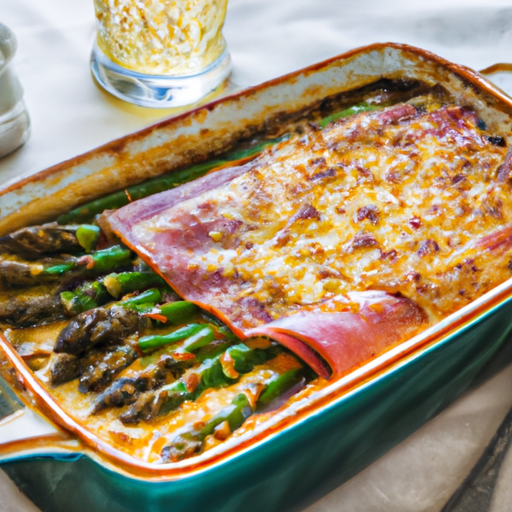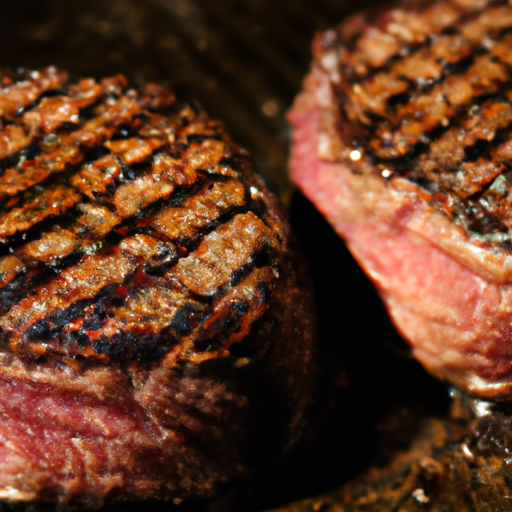Cajun Shrimp, Red Beans and Sorghum
Steeped in culinary history, Cajun Shrimp, Red Beans and Sorghum is a dish of rich cultural significance. An objective and informative exploration of its origins, ingredients, and cooking instructions is provided, with an academic tone to invite readers to engage with the subject on a purely scholarly level.
Descriptive analysis and cooking tips are offered in order to captivate readers’ interest in Cajun cuisine while providing practical guidance for preparing this traditional dish.
Cajun Shrimp, Red Beans and Sorghum History
The study of Cajun shrimp, red beans, and sorghum has been extensively documented in culinary literature. This cuisine originated from French-speaking Acadian settlers in Louisiana. Shrimp, a popular ingredient in Cajun cooking, was plentiful in the marshlands of the state, making it an integral part of their diet.
Red beans have a long-standing history as a staple food among African Americans in the Southern United States. They were often coupled with rice or cornbread for a nutritious meal.
Sorghum, on the other hand, has its origins in Africa and was brought to America by enslaved Africans. It became a key crop for both food and livestock feed due to its flexibility and ability to grow in severe conditions.
Knowing the historical significance of these ingredients gives valuable insight into the culture and traditions related to Cajun cuisine today.
Ingredients for Cajun Shrimp, Red Beans and Sorghum
-1 lb. Medium-sized shrimp, peeled and deveined
-1 cup dried red beans
-2 tablespoons Cajun seasoning
-1 teaspoon garlic powder
-1 teaspoon onion powder
-1 tablespoon olive oil
-2 tablespoons butter
-1/2 cup chopped onion
-1/2 cup chopped celery
-1/2 cup chopped bell pepper
-2 cloves garlic, minced
-2 cups chicken broth
-1/2 cup uncooked sorghum
-Salt and pepper, to taste
-1/2 cup chopped fresh parsley
-Lemon wedges, for garnish
Instructions
To make this dish, mix together various spices with a mixture of seafood, legumes, and a particular type of grain. The following steps will guide you through the process:
-
Begin by marinating the shrimp in a blend of Cajun seasoning, garlic powder, paprika, and cayenne pepper for at least 30 minutes to give them an intense flavor.
-
In a separate pot, cook the red beans until they are soft. This will create a creamy base for the dish and add flavor to each bite.
-
As the beans are cooking, prepare the sorghum by boiling it in water until it is tender but still retains a slight chewiness. This gluten-free grain adds a nice texture and pairs well with the other ingredients.
-
Finally, sauté the marinated shrimp in a hot pan until they turn pink and are cooked through.
Cooking Tips for Cajun Shrimp, Red Beans, and Sorghum
When preparing this dish, it is recommended to marinate the seafood in a blend of spices for at least 30 minutes to amplify its flavor. The combination of Cajun shrimp, red beans, and sorghum creates a delectable and robust meal that is full of flavor. To attain the optimal balance of flavors, it is crucial to adhere to some cooking tips. First and foremost, make sure to cook the shrimp just until they turn pink and opaque. Overcooking can result in rubbery texture and loss of flavor. Secondly, when cooking the red beans, simmer them slowly for a longer duration to allow the flavors to emerge fully. Lastly, utilize sorghum as a nutritious and gluten-free substitute to rice or pasta.
The following table showcases the nutritional content per serving size (1 cup) of Cajun shrimp, red beans, and sorghum:
| Nutrients | Amount Per Serving |
|---|---|
| Calories | 350 |
| Protein | 25g |
| Carbohydrate | 45g |
| Fat | 8g |
| Fiber | 6g |
This nutritional information underlines the balanced nature of this dish with an adequate amount of protein from the shrimp and fiber from both red beans and sorghum. It provides a gratifying meal that not only tastes incredible but also furnishes essential nutrients for overall well-being.
Final Thoughts
At the end, this dish is a satisfying and nutritious option for those seeking a flavorful meal.
Cajun shrimp, red beans, and sorghum provide a harmonious blend of textures and flavors. The shrimp is succulent and tender, while the red beans bring a creamy texture and earthy taste. Sorghum has a chewy texture and slightly nutty flavor, creating an interesting contrast with the other ingredients.
This dish is also high in protein from the shrimp and red beans, and it contains fiber from the sorghum. Additionally, it is low in saturated fat, making it an ideal selection for anyone looking to maintain a healthy diet.
This combination of taste and nutrition makes it perfect for any meal.
Frequently Asked Questions
Can I Substitute the Shrimp With Another Type of Seafood in This Recipe?
Substituting shrimp with another type of seafood in a recipe is possible. However, the appropriateness of the substitution depends on factors such as taste preferences, cooking method compatibility, and desired texture.
Are Red Beans the Only Type of Beans That Can Be Used in This Dish?
Red beans are not the only type of beans that can be used in this dish. Other types of beans, such as black beans or kidney beans, can also be substituted to add variety and different flavors to the Cajun Shrimp, Red Beans and Sorghum dish.
Can I Use a Different Type of Grain Instead of Sorghum?
The use of a different type of grain instead of sorghum in the dish can be considered. However, it is important to note that the choice of grain may affect the overall taste and texture of the dish.
How Spicy Is This Cajun Shrimp Dish?
The spiciness of the Cajun shrimp dish can vary depending on the individual recipe and the amount of Cajun seasoning used. It is typically characterized by a blend of bold and robust flavors with a moderate to high level of heat.
Can I Make This Recipe Vegetarian by Omitting the Shrimp and Using a Plant-Based Protein Alternative?
The current question asks if the recipe can be made vegetarian by omitting shrimp and using a plant-based protein alternative. This requires assessing the viability of substituting ingredients while maintaining the desired flavors and textures.
